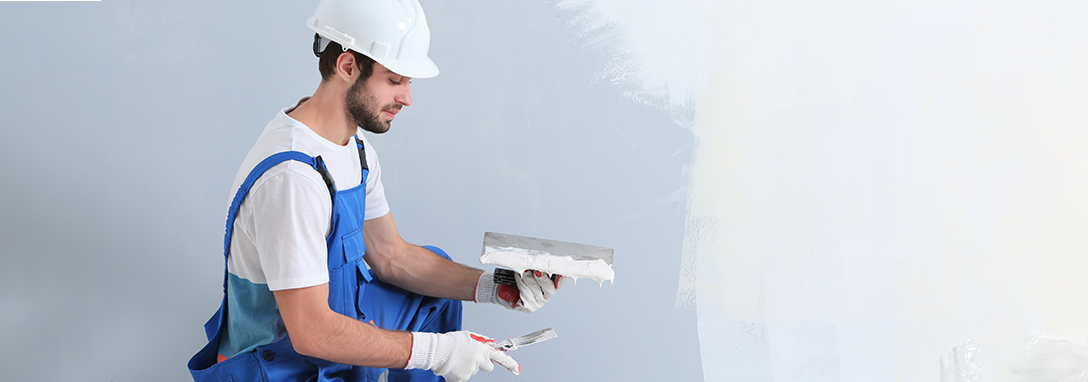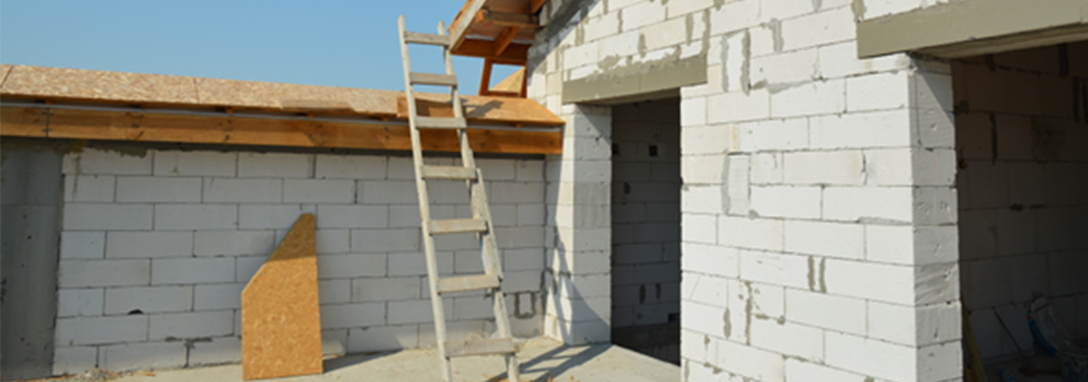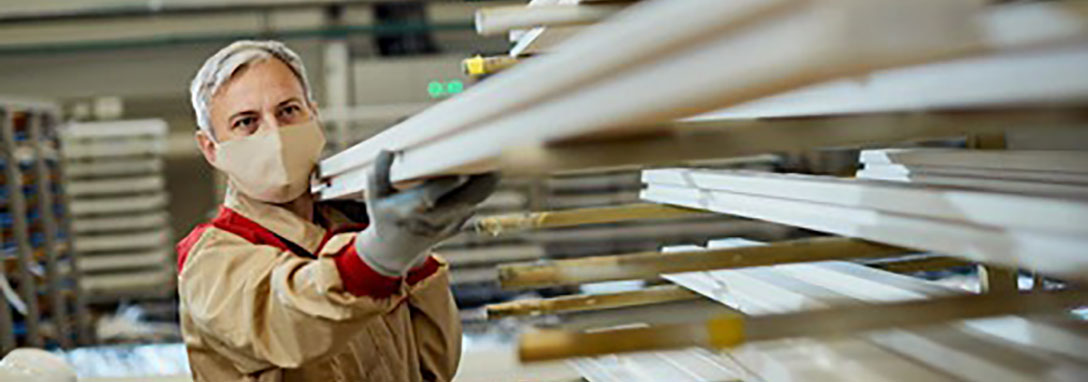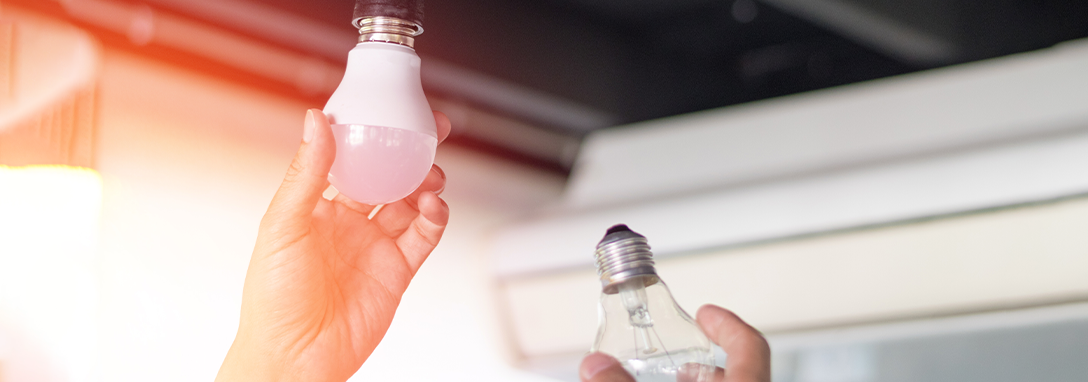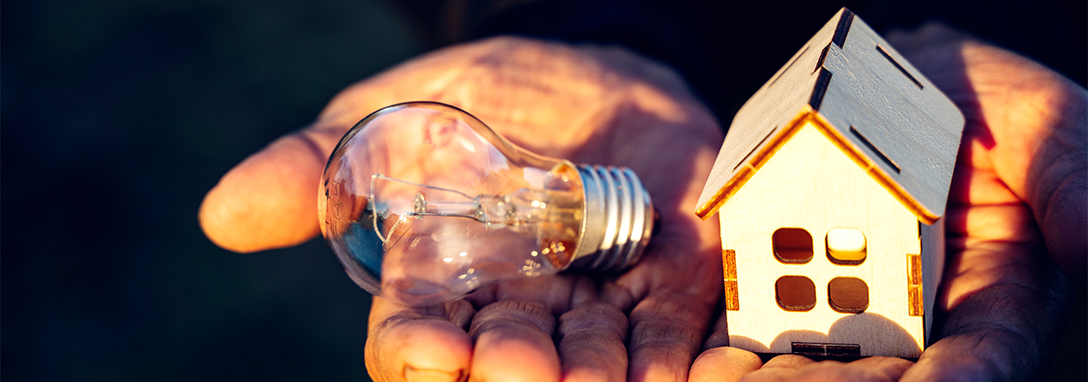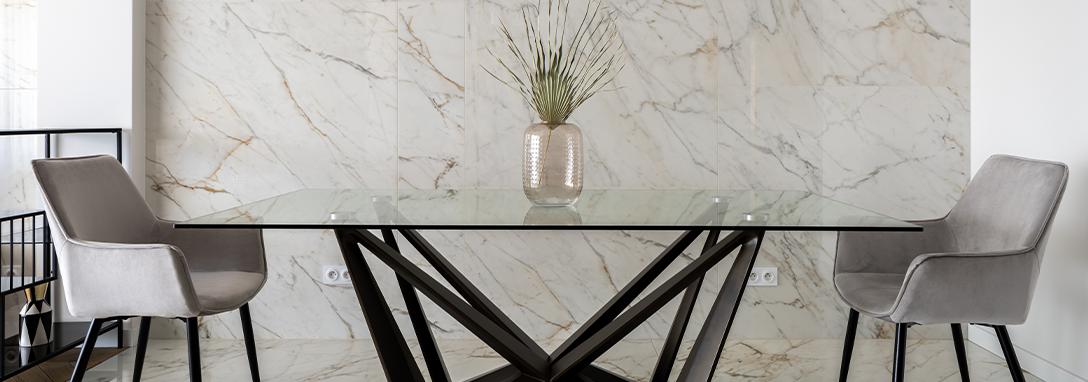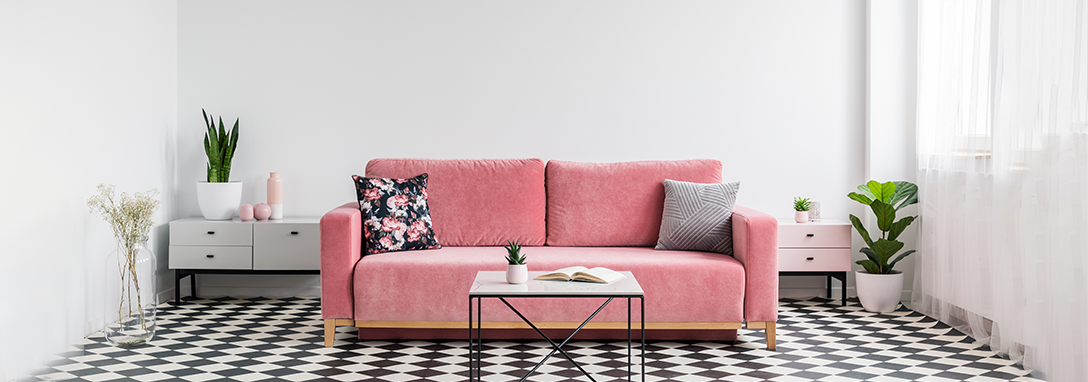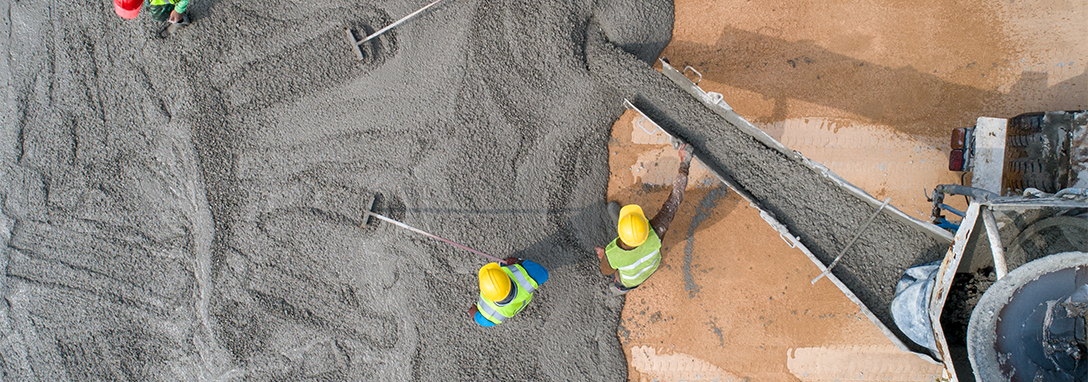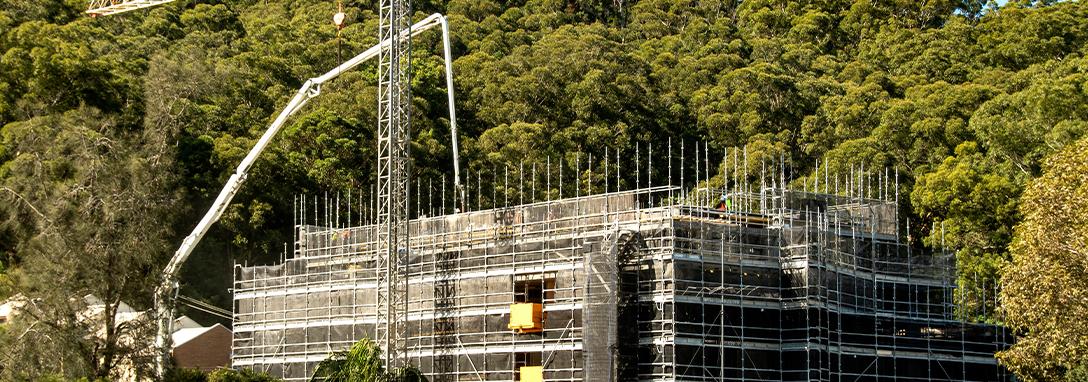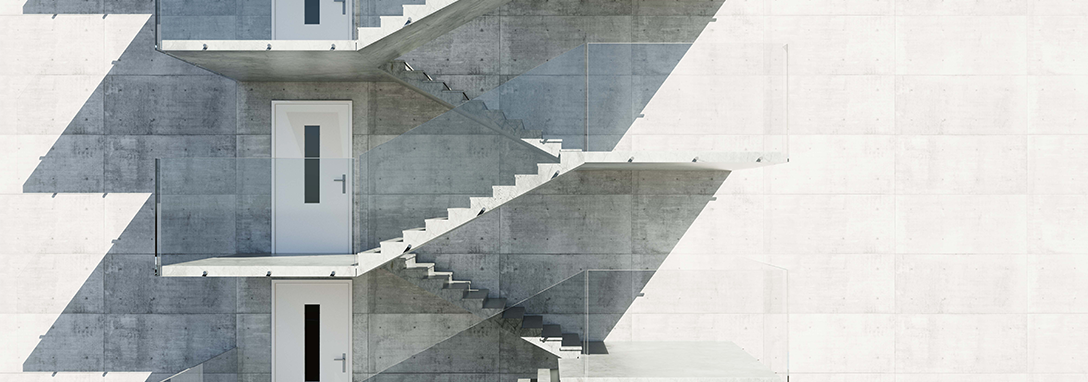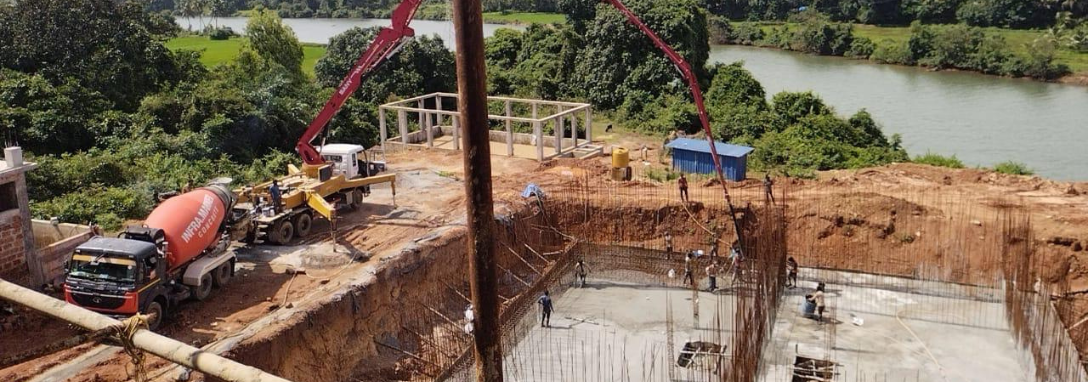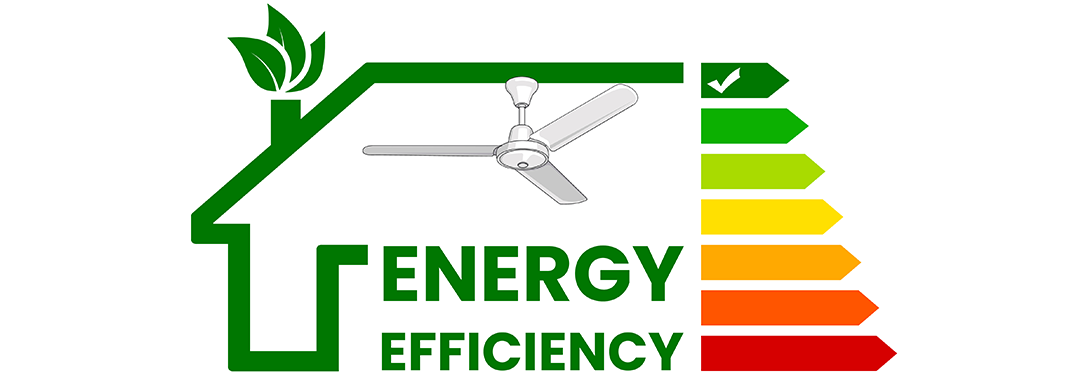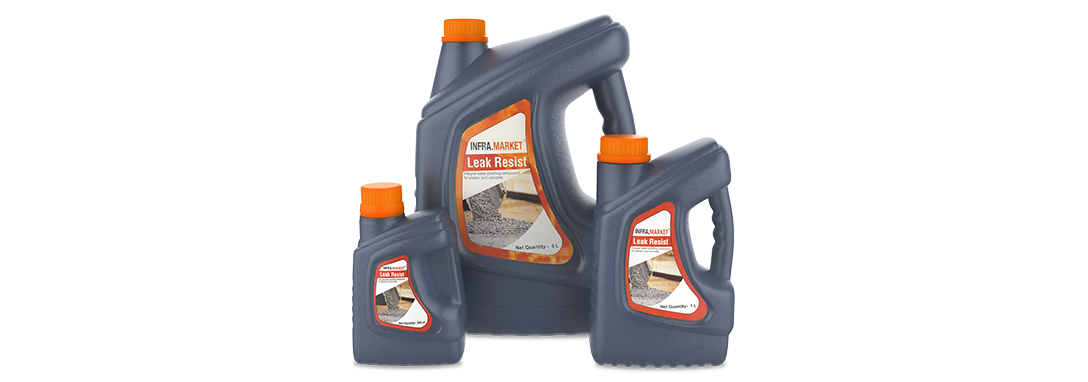What is Wall Putty and its Benefits
Wall Putty is essentially a white cement-based powder obtained from white cement used to apply to the walls to even out the surface before painting. It also provides extra life to the paint while smoothing and providing extra shine. A minimum of two coats of wall putty are recommended for effective results. Wall putty also serves as a filling agent to cover cracks, patches, pores, and undulated surfaces on the walls.
Wall putty can be used on both wet as well as dry walls and interior as well as exterior walls as its primary purpose is that of being a protective agent. The wall putty is designed in a manner that can be applied to any type of wall, even while just renovating the home. The first coat is applied to fill any uneven surface on the wall while the second coat ensures appropriate smoothness and finishing before proceeding for paint.
Types of Wall Putty
White cement wall putty
White cement-based wall putty is the most frequently used wall putty for internal as well as external walls. It is made up of white cement, polymers, and minerals and leaves a smooth and sleek finish. It offers excellent binding as it is cement based and acts as a great resistant to dampness. It has superior tensile adhesion, compression, and bending strength. Additionally, it offers great workability and prevents the growth of algae and fungi. White cement wall putty requires comparatively minimal maintenance as well as less paint due to low absorption. It is non-toxic, durable, and works well with all types of paints.
Acrylic Wall Putty
Acrylic wall putty is water based and made with white pigments, acrylic emulsion medium, and additives. Acrylic wall putty is well-suited for internal applications only and offers smooth and matte finish. Its binding properties are lower than that of white cement-based putty. It subsides comparatively quicker and requires to be re-applied every year. It provides good alkali resistance but lower strength and water resistance capability. Acrylic wall putty is suitable for all kinds of paints and dries up faster which reduces the labor time.
Advantages of Wall Putty
- Smooth surface for walls – As discussed above, wall putty improves the texture of walls by filling cracks, pores, and undulations. When applied properly, it provides superior adhesive to the base concrete or plastered surfaces. This makes it ideal for external as well as internal applications.
- Improves life of the paint – Wall putty extends the life of the paints by serving as a protective agent. It resists the growth of bacteria or fungus on walls, thereby shielding it from external hazards. It also makes wall water and flake resistant, further strengthening them.
- Multi-purpose use – Wall putty can be applied to both interior and exterior walls and provides a host of benefits making it fit for multi-purpose use. It provides safety to the wall and increases the life of paint applied on it. Wall putty prevents rapid wearing-off, provides resistance from water and fungal growth, etc.
Final Words: Most often people regard paint as one of the important aspects while doing their home. However, little awareness and some efforts go a long way in making the right decisions. Wall putty is one such element that must be chosen and applied appropriately to your walls which will reap greater results in the long run.






